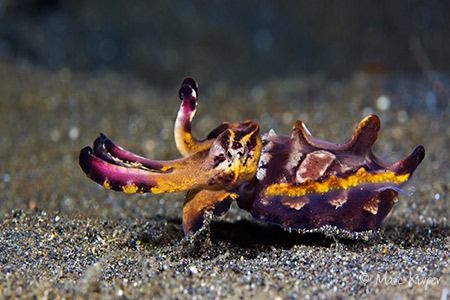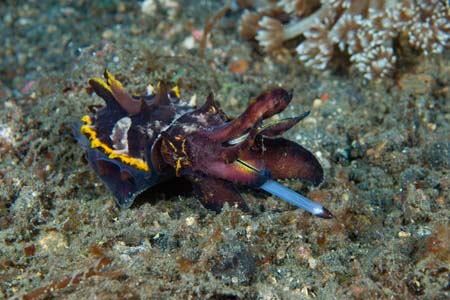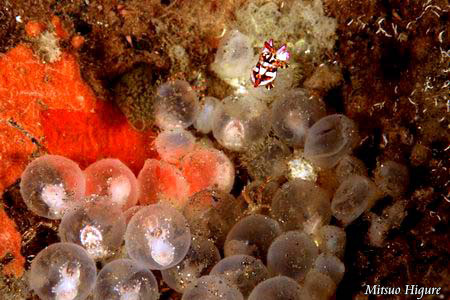
  
|
|||||||||||||||||||||||||||||||||||||||||||||
© 2024 Lembeh Resort - Critters@Lembeh - All Rights Reserved.

|
||||||||||||||||||||||||||||||||||||||||||||||
|
||||||||||||||||||||||||||||||||||||||||||||||
|
© 2024 Lembeh Resort - Critters@Lembeh - All Rights Reserved. |
||||||||||||||||||||||||||||||||||||||||||||||